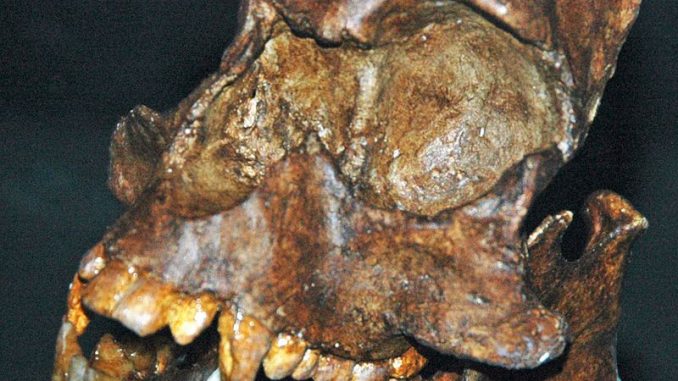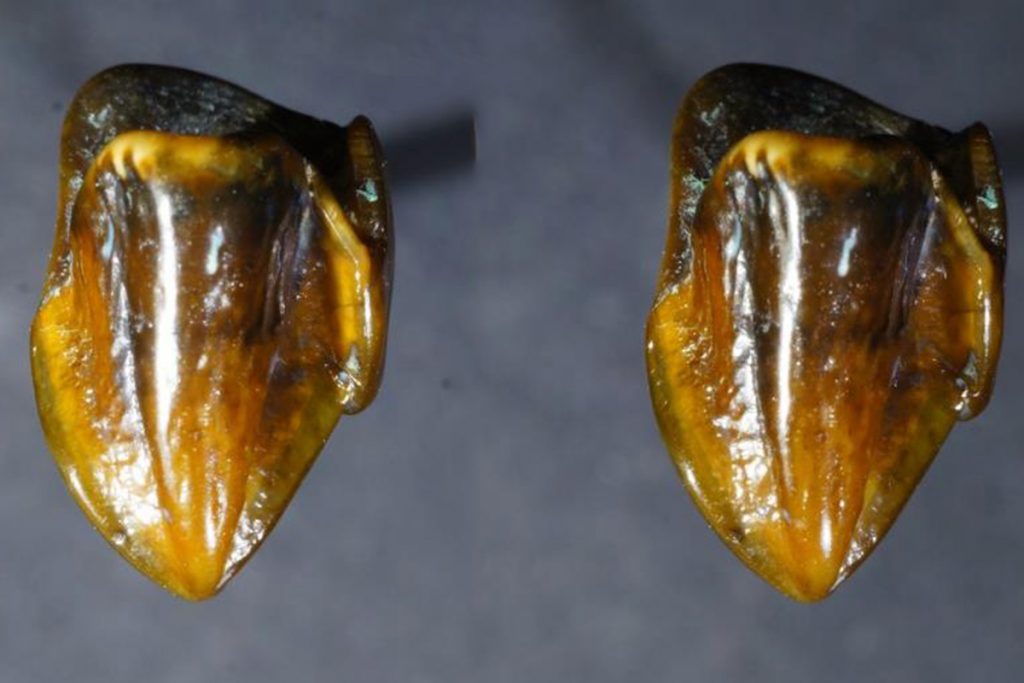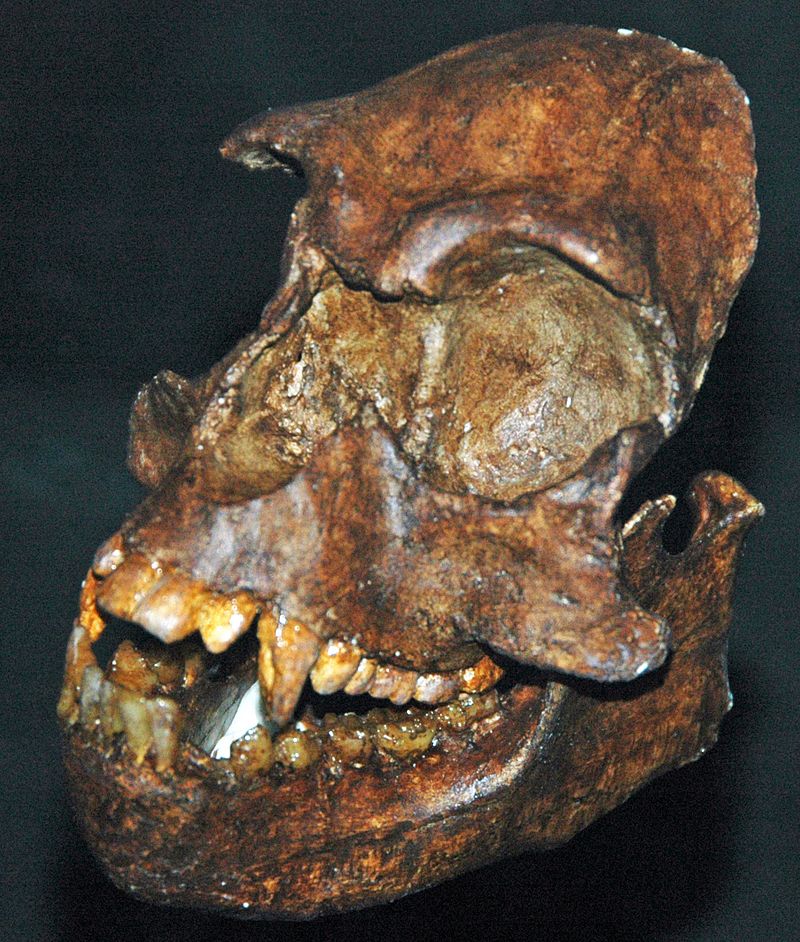
In the last week, the interwebs have been all abuzz for me about the 9.7 million year old teeth that were recovered in Eppelsheim, Germany. They were originally recovered in last year (2016) from a site where excavations have been happening since the 1990s.
The authors of the in-publication report released on Research Gate (Lutz, Lischewsky, and Berg 2017) claimed to find:
…two primate teeth, an upper first right molar (Epp 13.16) and an upper left canine (Epp 30.16) with perplexing resemblances to African members of the hominin tribe.
Based on the dating of mammals and mollusks in the same stratigraphic layer, and they described both has having well-preserved crowns without roots. One was described as a molar, the other as a canine. The molar they found to have use wear, but they believe the canine to be un-erupted with the root not yet developed. They also believe it very likely that the teeth are from the same, subadult individual.

In their conclusions, the authors write:
Both, the sedimentological and biochronological information, argue that our new species from Eppelsheim lived shortly before the Mid Vallesian Crisis at ca. 9.7 Ma, i. e. it is considerably older than African taxa with morphologically comparable canines.
Most perplexing is the morphological similarity of canine Epp 30.16 to members of the hominin tribe in Africa (e.g. Harrison 2002, 2010, Suwa et al. 2009a-c). Especially its lingual side is morphologically surprisingly similar to those of Ardipithecus and even more of Australopithecus.
From this, popular press found little trouble writing headlines like mine (without the “or not,” of course!) that claim we must now “rewrite human evolution!”
But, given what we know, and the amount of data—are very little (two teeth that “look like”), at best we can say that Richard Klein might add a page or two in the next addition of The Human Career: Human Biological and Cultural Origins. (Incidentally, this is the single-best text I’ve ever found if you have an interest in human/hominid evolution).
A Skeptical Perspective: Maybe Lutz, et al have it wrong.

The popular press and all the archaeology social media pages have headlines about the “rewriting human history” and “Australopithacines in Europe 4 million years earlier than Africa!”
And the pseudo-archaeology and fringe pages in social media are touting the same. They’re eating it up. They add headlines about humans evolving in Europe and how the “Out of Africa” theory is no longer valid.
But none seem to link to the New Scientist article that rebuts Lutz, et al. In fact, I almost missed it it if not for a friend who pointed it out. Jeffrey Hecht begins his article with:
“Hold that rewrite of the textbook view of human evolution. Two 9.7-million-year-old fossil teeth from Germany probably did not come from a previously unknown European root of the human lineage, as heralded in headlines over the last few days. There remains no hard evidence that our hominin ancestors originated anywhere but Africa.”
He goes on to describe the story of the 9.7 million year old “gnashers,” and then points out that another anthropologist believes the teeth are being misidentified. University of Toronto anthropologist, David Begun, identified the molar as belonging to a distant relative of the hominid line: a pliopithecoid, which is a catarrhine primate of the Miocene that once lived in Asia and Europe. Epipliopithecus, pictured below, is an example of a pliopithecoid.

And the canine? He says it isn’t a canine at all, rather a tooth from a ruminant (cow, sheep, goat, deer…): “it has a funny break that makes it look a bit like a canine, but it is definitely not a canine nor is it a primate.”
And Hecht quotes New Mexico State University anthropologist, Monte McCrossin as saying in the comments section of Lutz’s Research Gate release:
“Sadly, this discovery isn’t at all what it claims to be; it’s fool’s gold. This site in Germany has nothing whatsoever to do with human evolution.”
Whatever the outcome, I definitely agree that continued excavation and investigation are needed. I hope other anthropologists get to review the teeth and weigh in on the identification and I hope work continues in Europe to find human ancestors and distant cousins so we can continue to add a page or two here and there to updated editions of textbooks.
May they continue to be better and better approximations of the truth.
Further Reading
Hecht, Jeff (2017). What the controversial ‘human’ teeth fossils really tell us. New Scientist, Oct-24.
Lutz, H., Engel, T., Lischewsky, B. & Berg, A. von (2017). A new great ape with startling resemblances to African members of the hominin tribe, excavated from the Mid-Vallesian Dinotheriensande of Eppelsheim. First report (Hominoidea, Miocene, MN 9, Proto-Rhine River, Germany) (PDF Download Available). Available from: Research Gate. [accessed Oct 25, 2017]
Damn but I hate the stupidity of the media about these things. Next thing will be an article stating that “Human prehistory will have to be re-written” because a new dinosaur fossil will be found with a crushed proto-mammal under one of its feet.